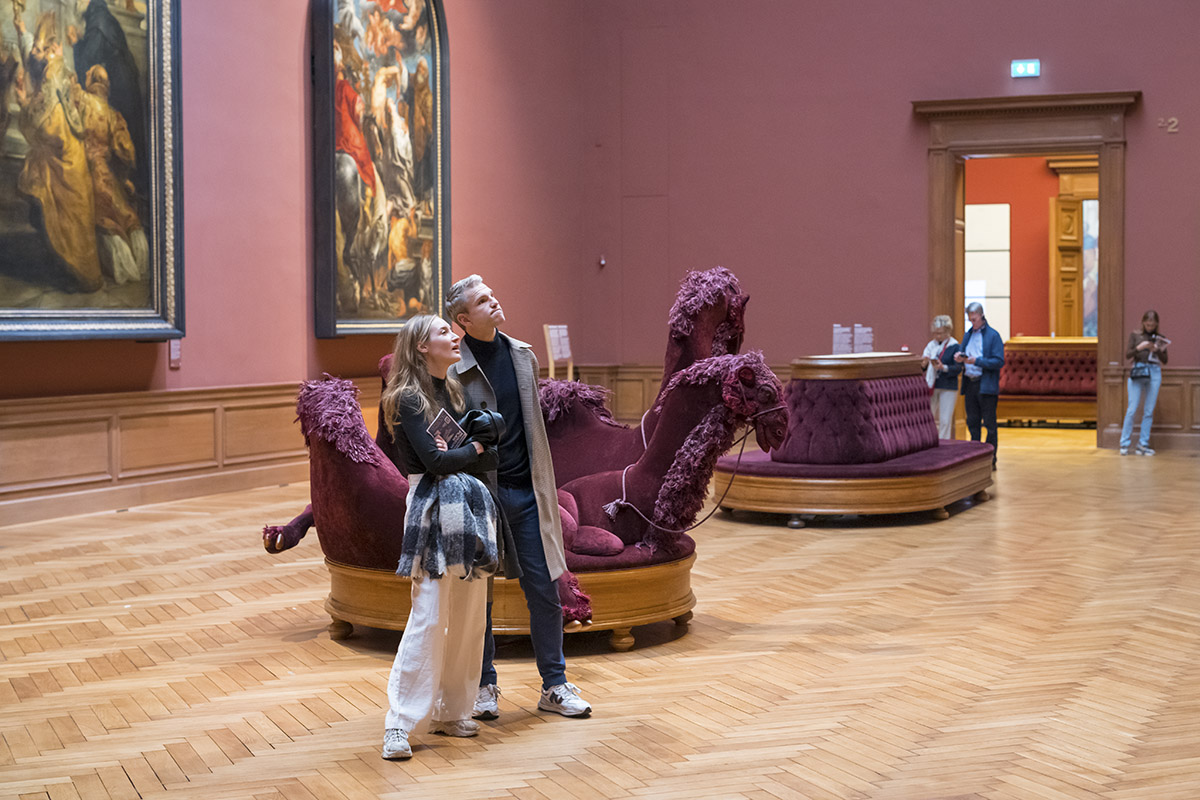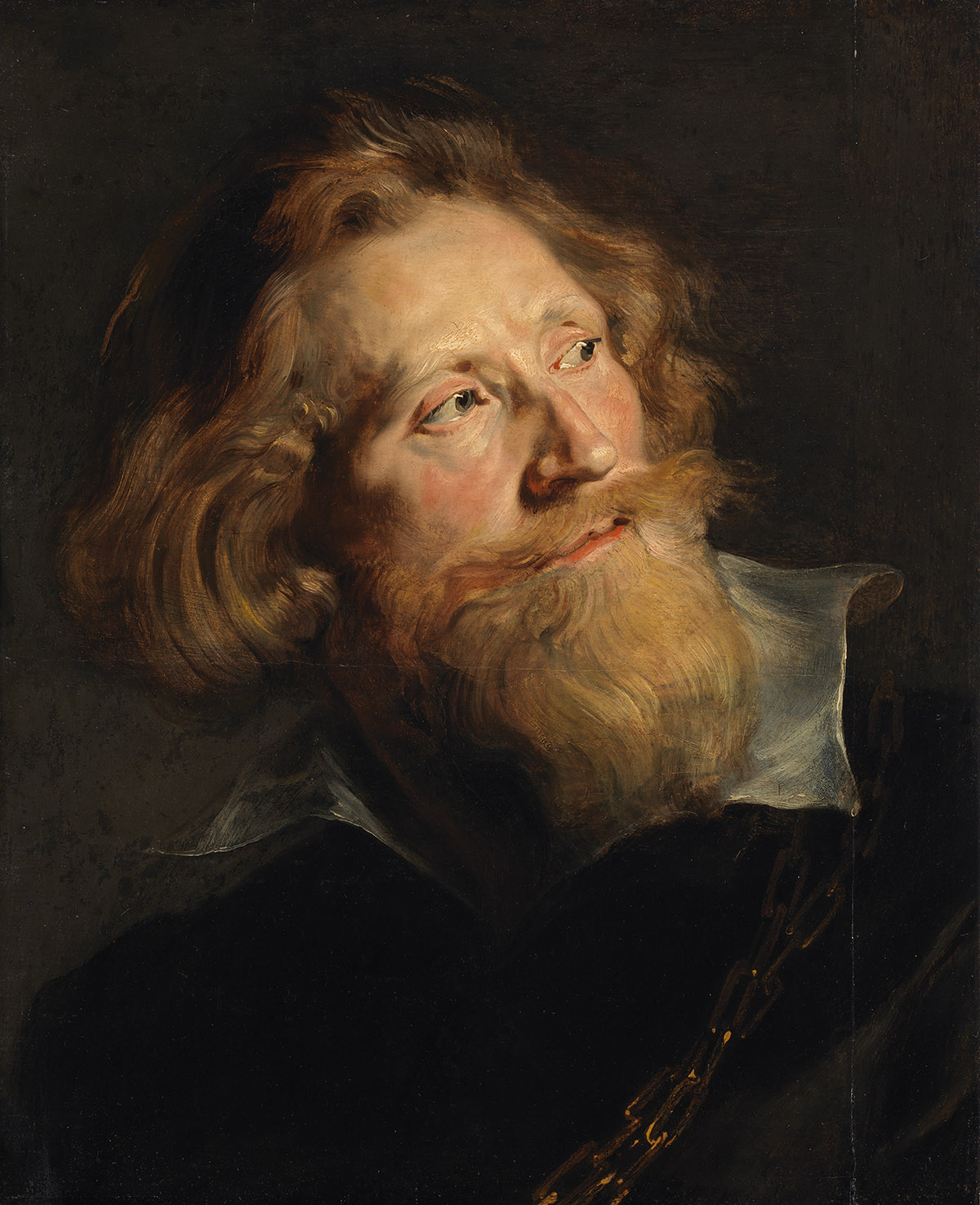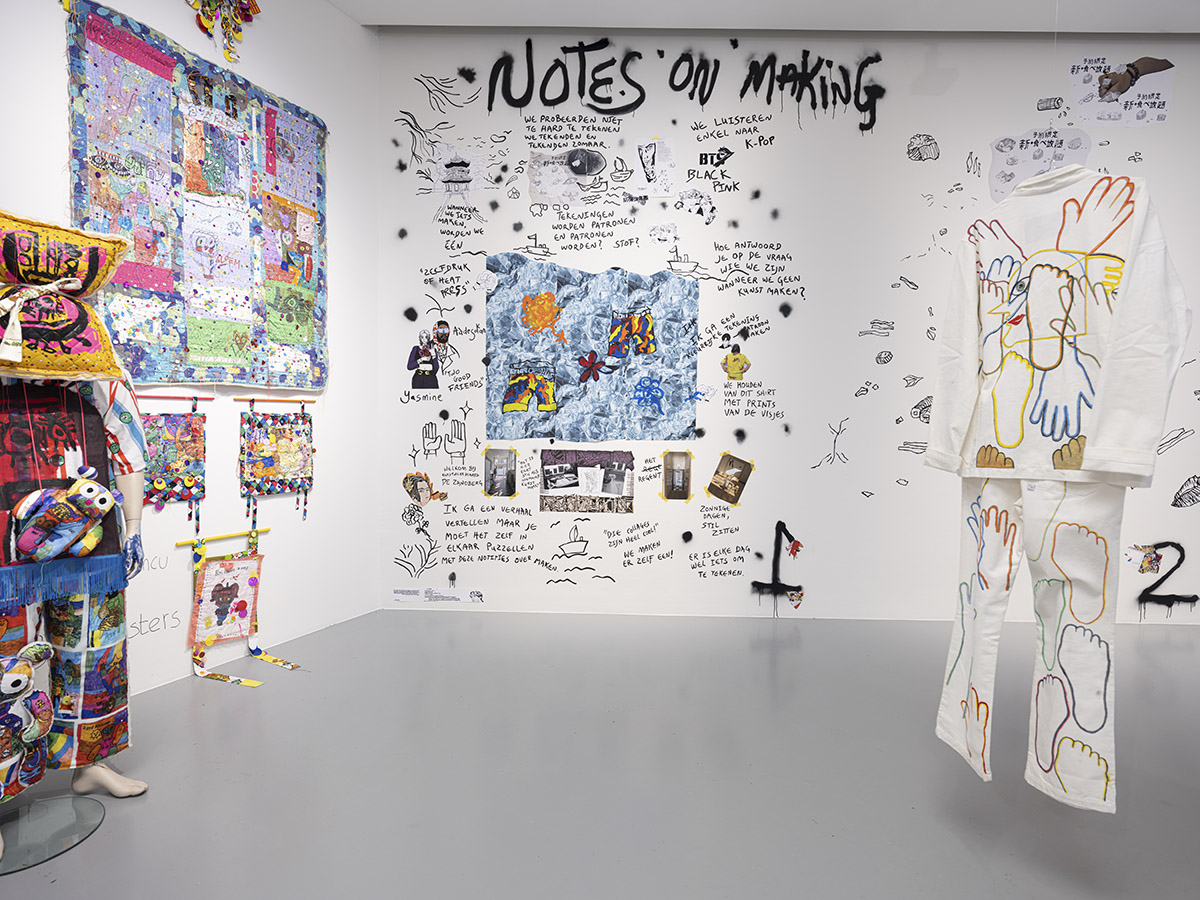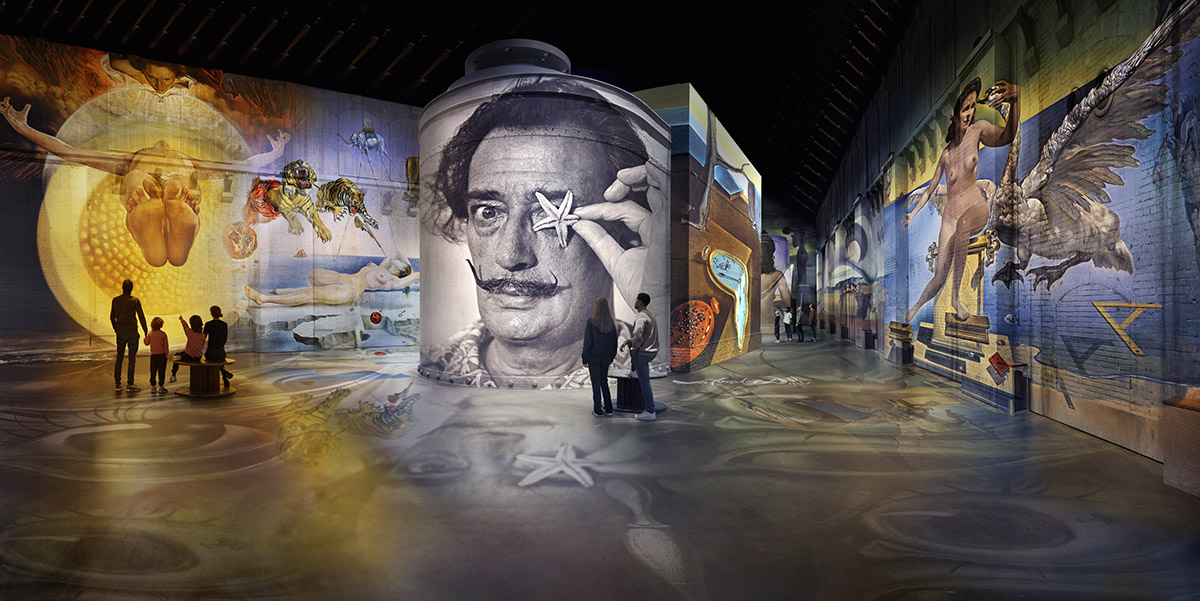Venice Art Biennale: Presenting international contemporary art
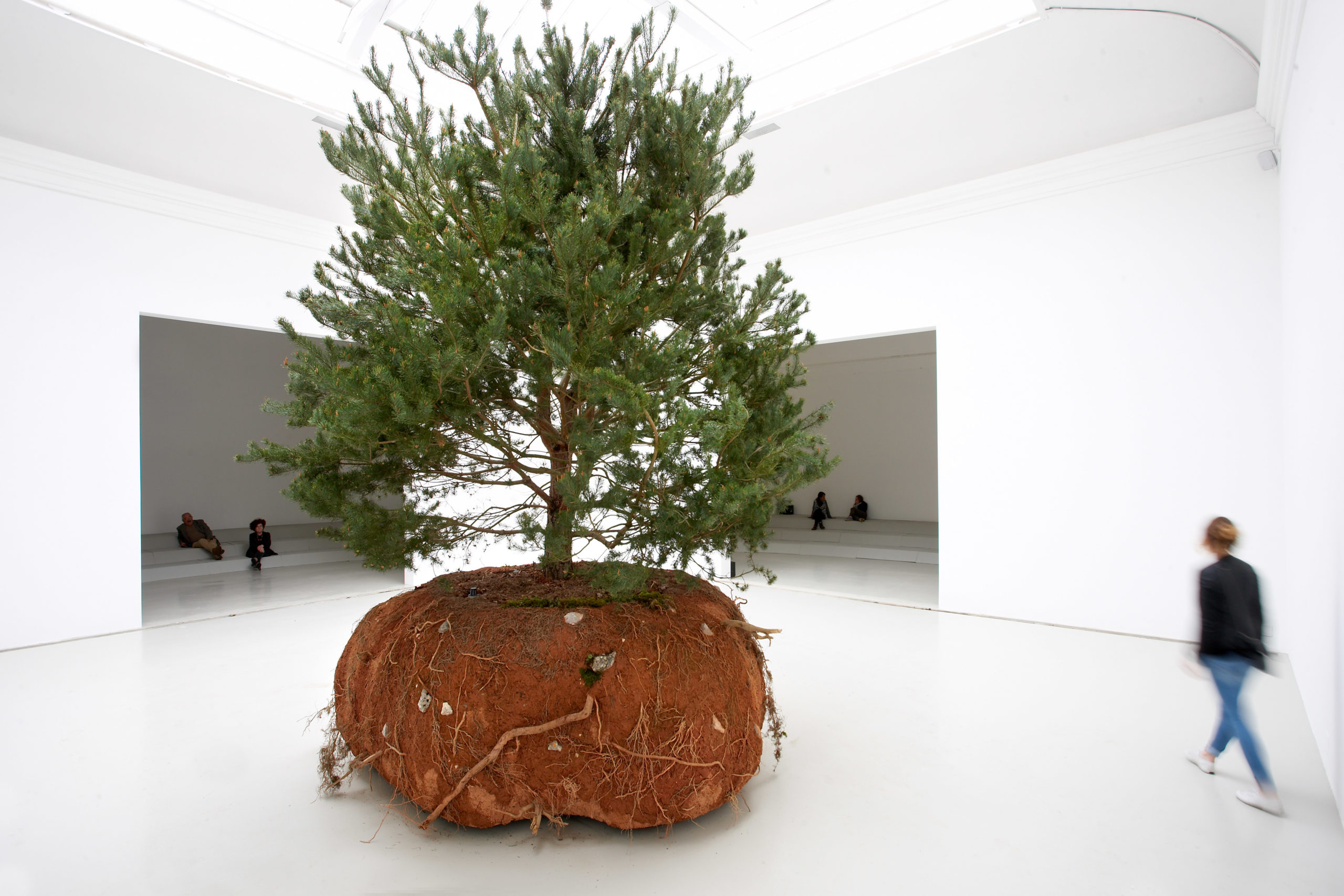
Every two years, the cream of the art world flies to Italy for the Venice Art Biennale. Founded in 1895 it is one of the most influential events of the contemporary art agenda.
Nigerian born Okwui Enwezor was appointed as the curator for 2015. As the first African curator of a Biennale he was expected to bring a strong overall sociopolitical flavour to the event. Entitled All the World’s Futures, the 56th International Art Exhibition includes over 130 international artists whose works allude to the current climate of crisis and uncertainty. In addition of the main exhibition, participating countries organise independent exhibitions in their national pavilions and many collateral events sprawl around town converting most of Venice into a giant art venue until 22 November this year. The Giardini is one of the main sites of the Biennale. This open-air garden hosts the permanent pavilions of most participating countries including Belgium, France and the Netherlands. Discover Benelux & France reports on their exhibitions.
The Dutch pavilion
The Rietveld building owned by the Netherlands presents a solo show by Herman de Vries. This Dutch artist is internationally established for his interest in science, nature and philosophy. To Be All Ways To Be focuses on the origins of human existence. During an earlier stay in Italy the artist gathered organic materials found around the Laguna such as tree trunks, stones and sand to fill the pavilion. By acknowledging the natural world as our foundation the exhibition captures the poetry of nature. Inside the pavilion visitors embark in a multi-sensorial journey that evokes a childlike sense of wonder. Echoes of De Vries’ recorded voice articulating the mantra ‘Infinity in finity’ resonate in the space. Dried rose buttons are arranged in a large circle on the floor. A wall is covered by framed earth rubbings on paper from different locations worldwide in a beautiful display. All these fragments of nature were carefully collected by De Vries to restore a connection between mankind and the mother of all.
The Belgian pavilion
A stone’s throw away, artist Vincent Meessen was selected to represent Belgium.
Instead of opting for a solo show he invited nine international artists to contribute to Personne et les Autres, Vincent Meessen and Guests. The exhibition addresses issues of identity in the postcolonial age. The project is innovative in several ways, for its political dimension and also for it challenges of the concept of national representation. All the artists in the show share an interest in uncovering distortions at stake in the writing of history. The show is organised around One, Two, Three, a three channel digital video installation by Meessen. The video records a new version of an avant-garde Congolese protest song. Originally written in 1968 its existence had been shadowed by historical bias and was soon forgotten. Taking place in the Belgian pavilion built in 1907 under the rule of Leopold II, the coherence of the exhibition makes a strong impact.
The French pavilion
Not far away, France presents Rêvolutions by Céleste Boursier-Mougenot. This site specific commission aims to raise awareness on climate change in a poetic fashion. Four huge uprooted trees are set in motion through a complex inner system. They move slowly inside and outside the pavilion according to the fluxes of their sap. The main exhibition space has been left empty except for one of the trees standing in its centre. The glass roof has been removed in order to fully let nature in. Visitors are invited to sit down in an immersive act of meditation. The surreal experience of watching moving trees is somewhat unsettling.
The Luxembourg pavilion
Luxembourg’s venue is located outside the Giardini. Paradiso Lussemburgo was commissioned to artist Filip Markiewicz. It Refers to the reductive understanding of Luxembourg as nothing but a tax haven. The exhibition unfolds as a theatre play organised in different acts as one evolves from one room to the other. Markiewicz’s body of work is cynical in addressing issues of consumerism and entertainment through a remix of found imagery. Fake banknotes, mock billboards and allusions to pop culture fill the exhibition rooms. This theatrical show turns art into entertainment inviting visitors to sing, dance and play. The diversity of each respective national pavilion provides a rich sample of a local art production. With booming artistic talent, the Benelux countries and France certainly do themselves proud.
Text: Amélie Timmermans
Subscribe to Our Newsletter
Receive our monthly newsletter by email
